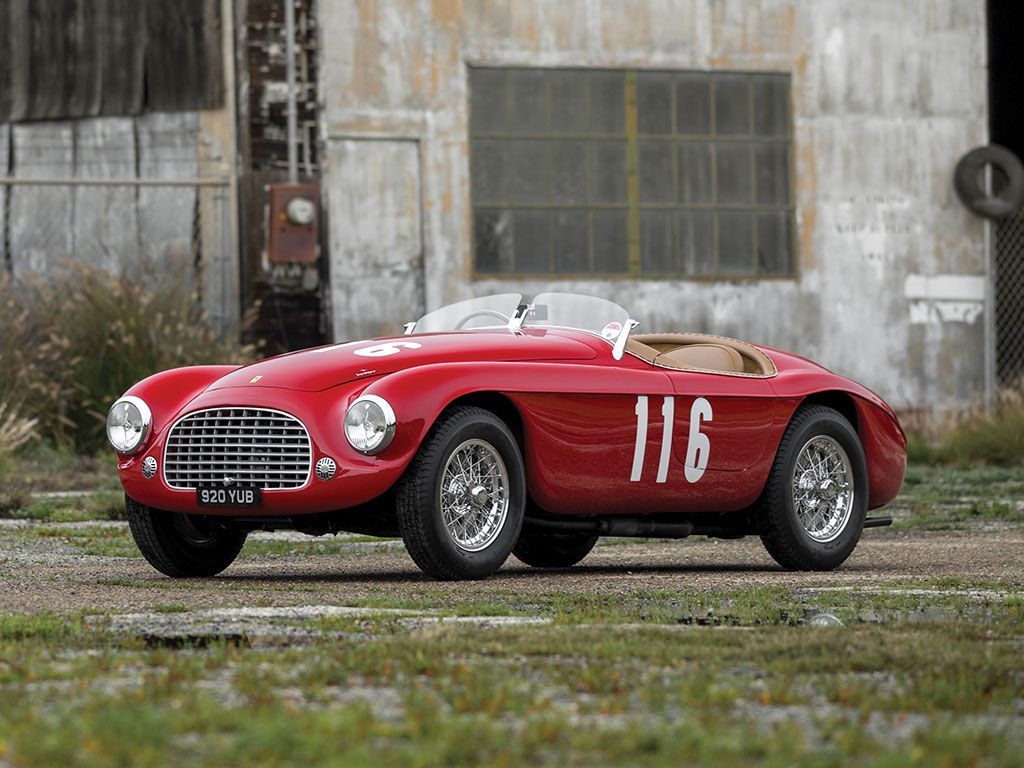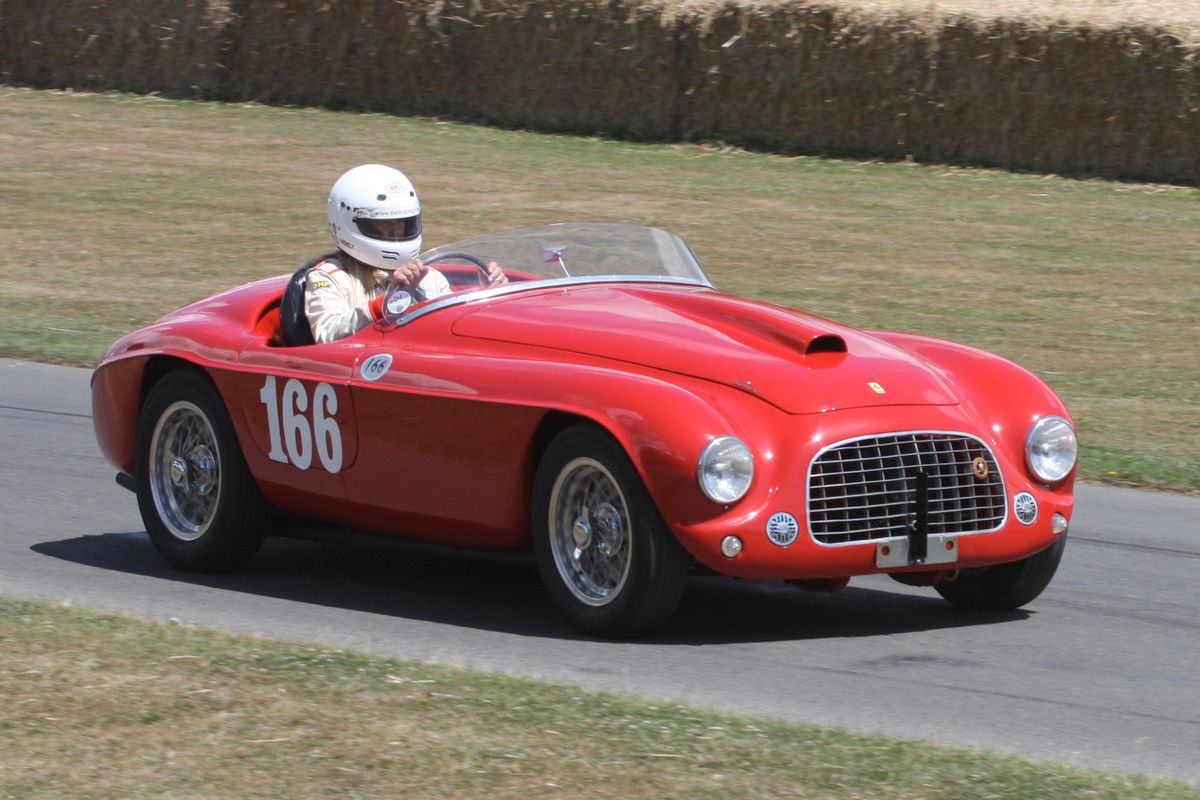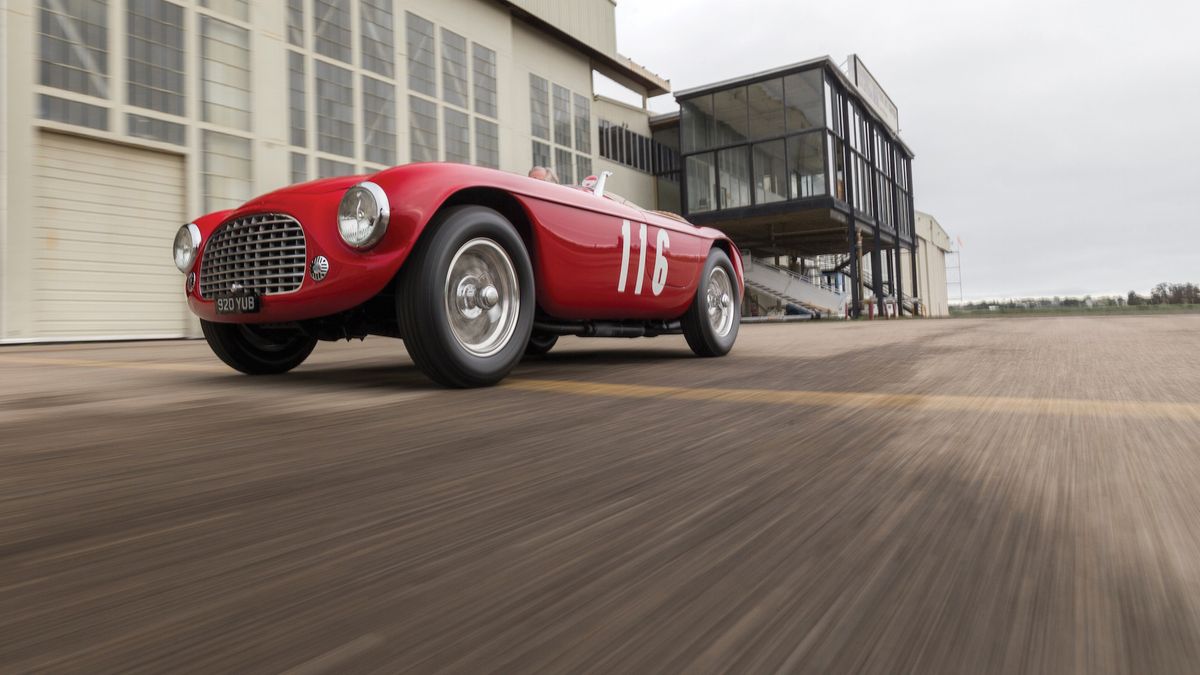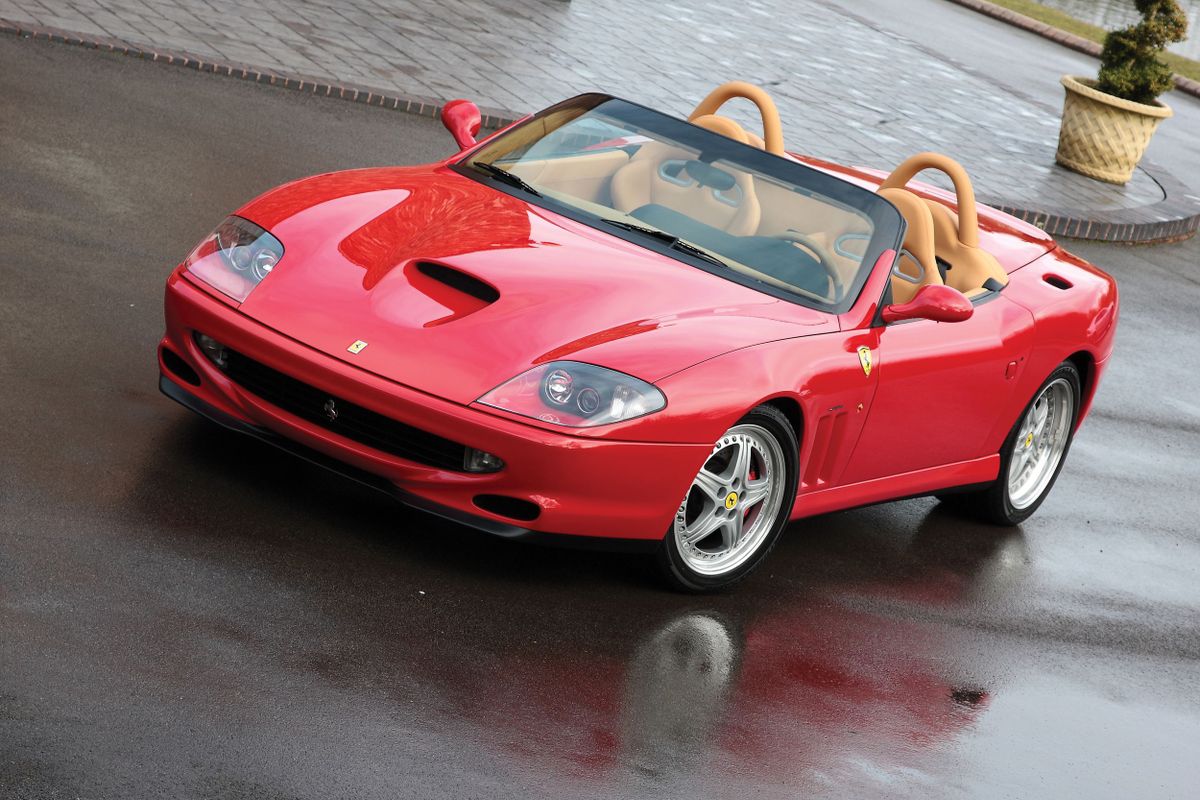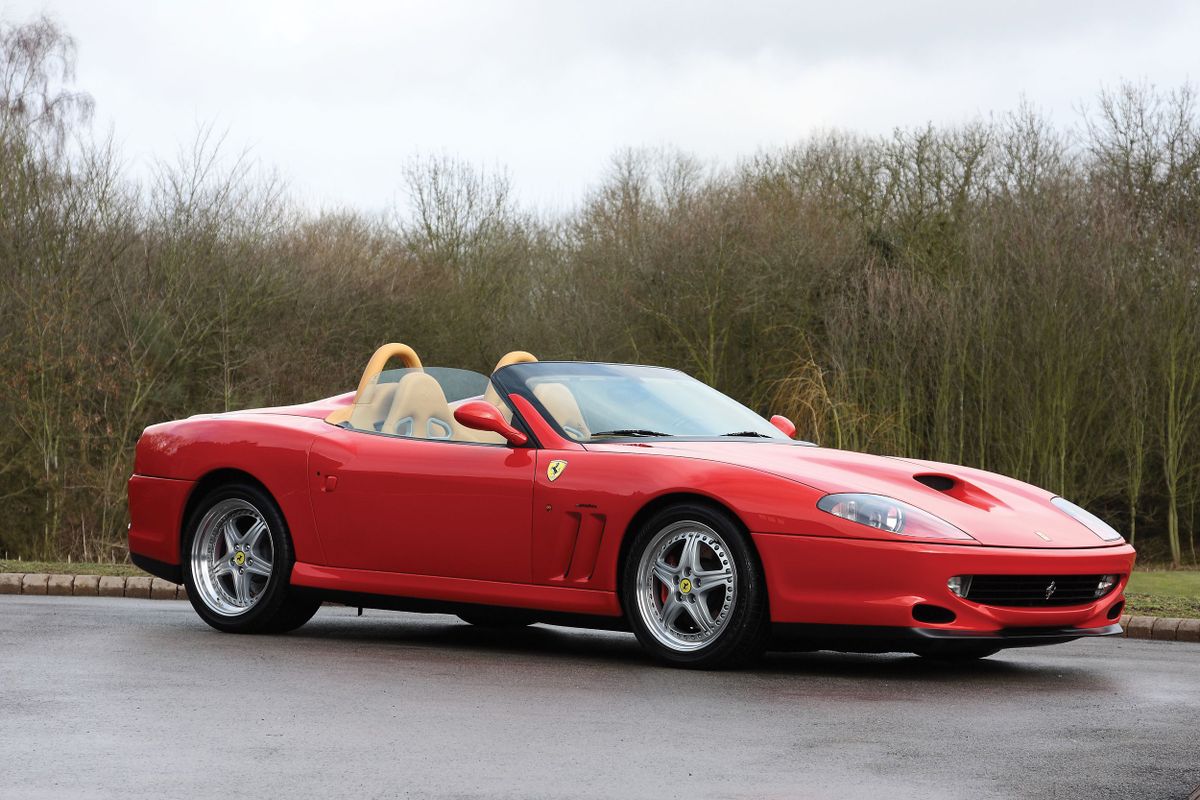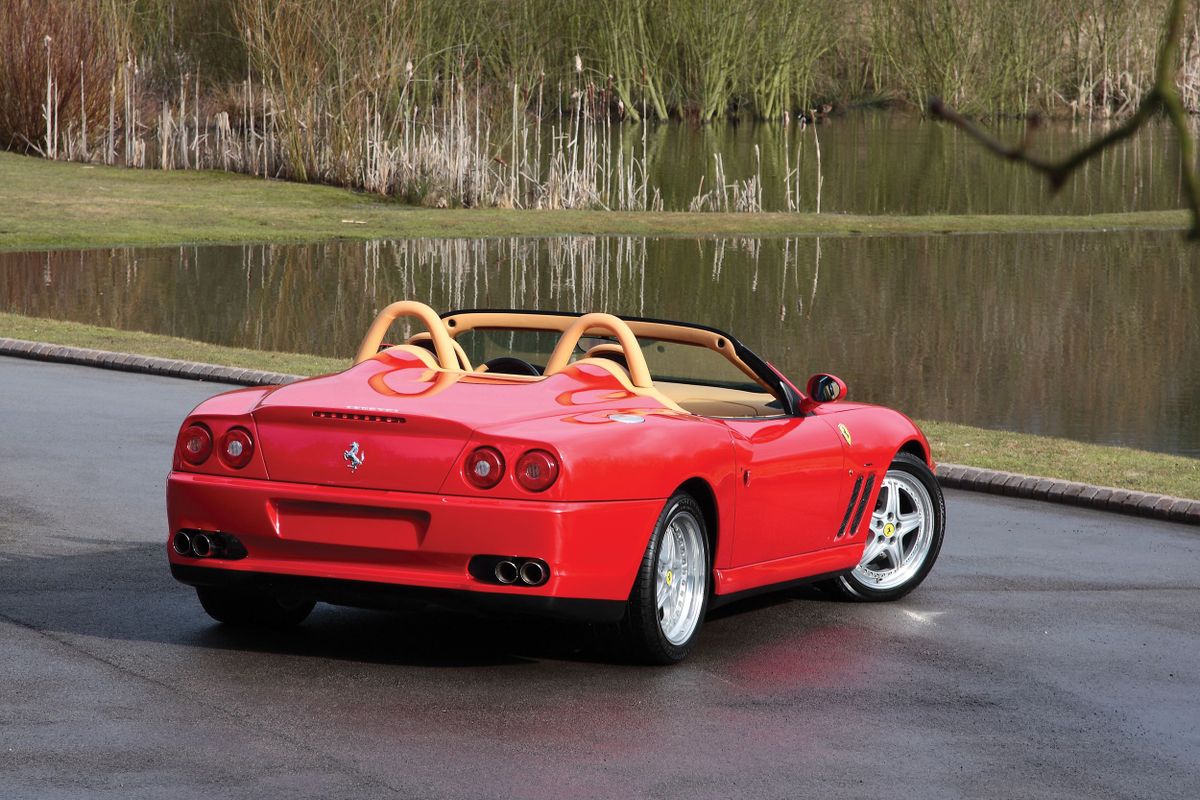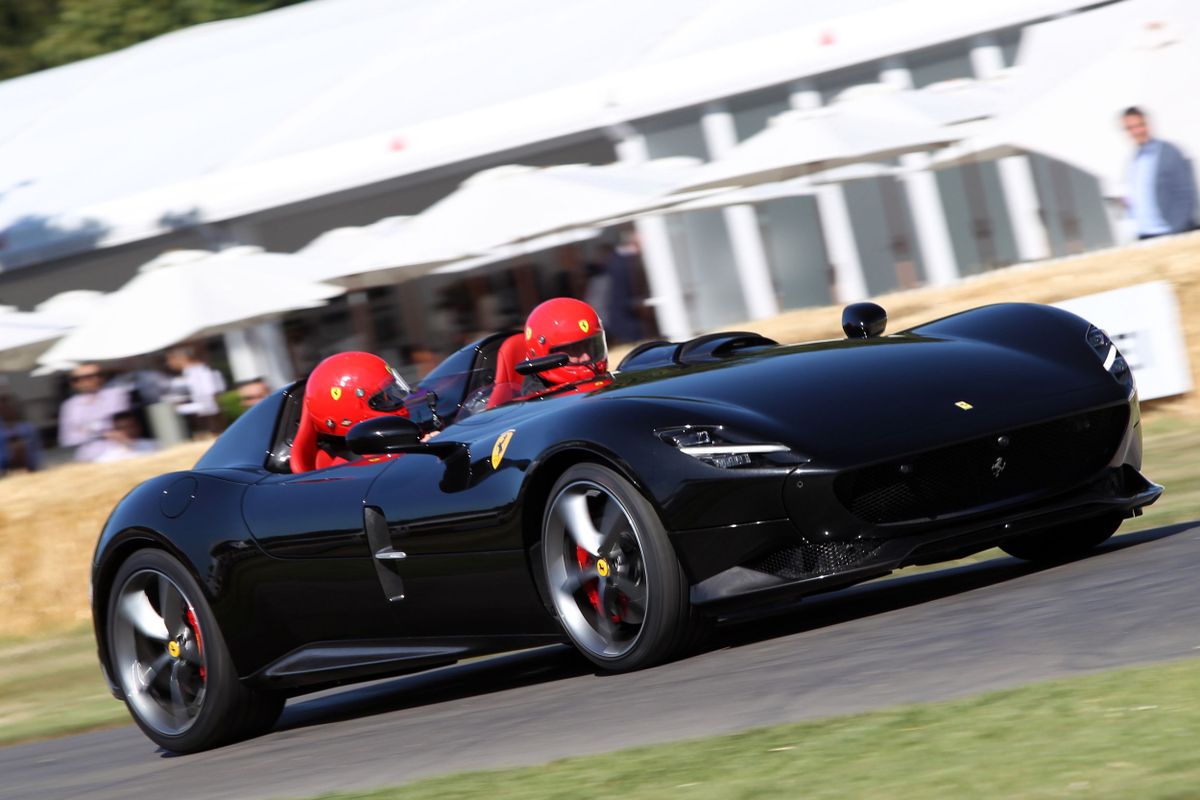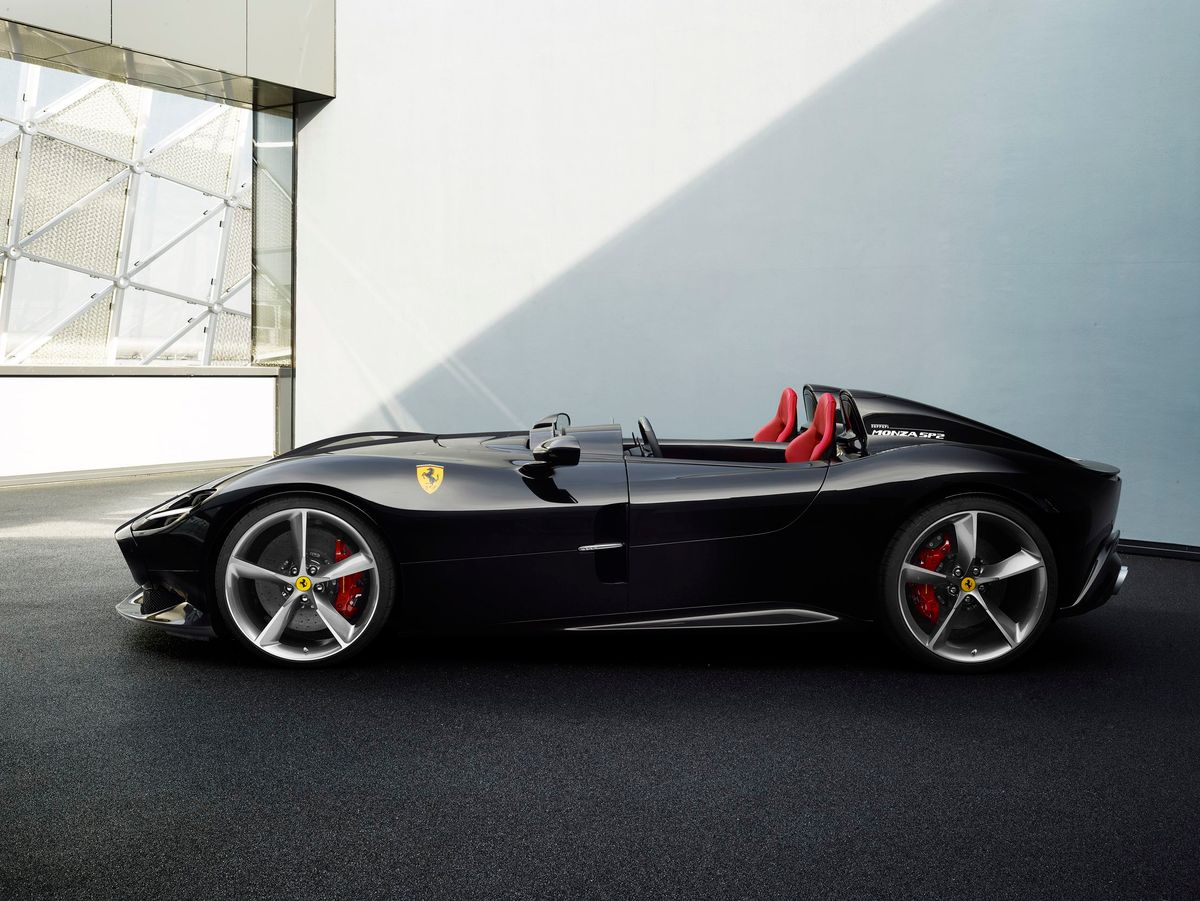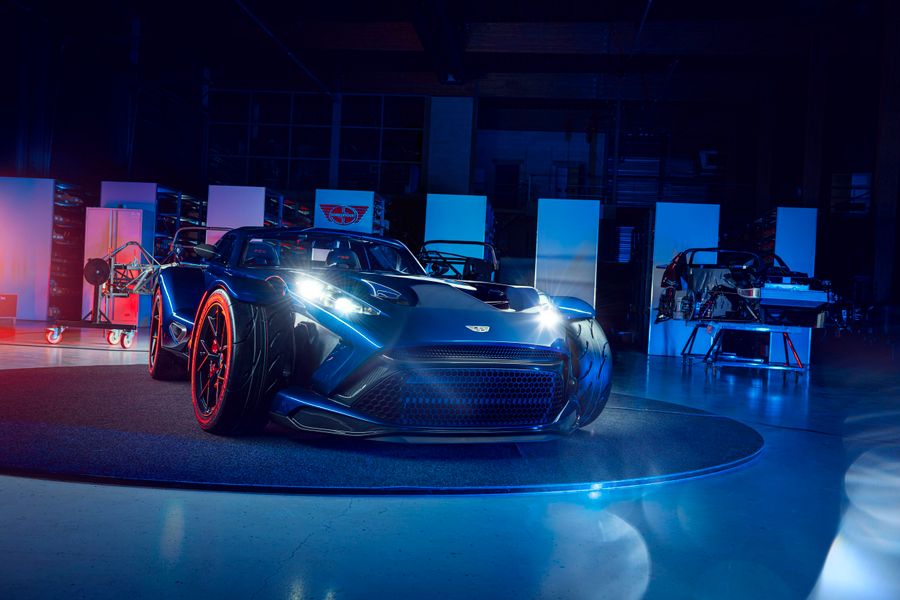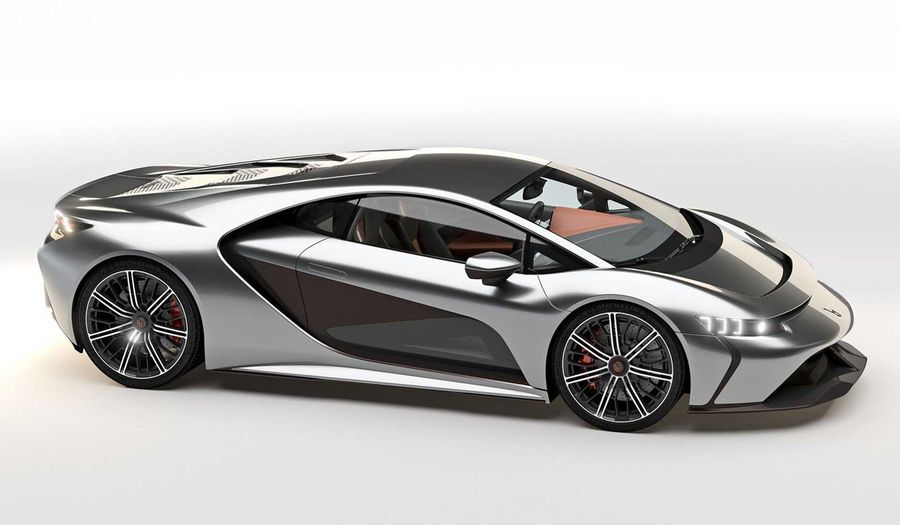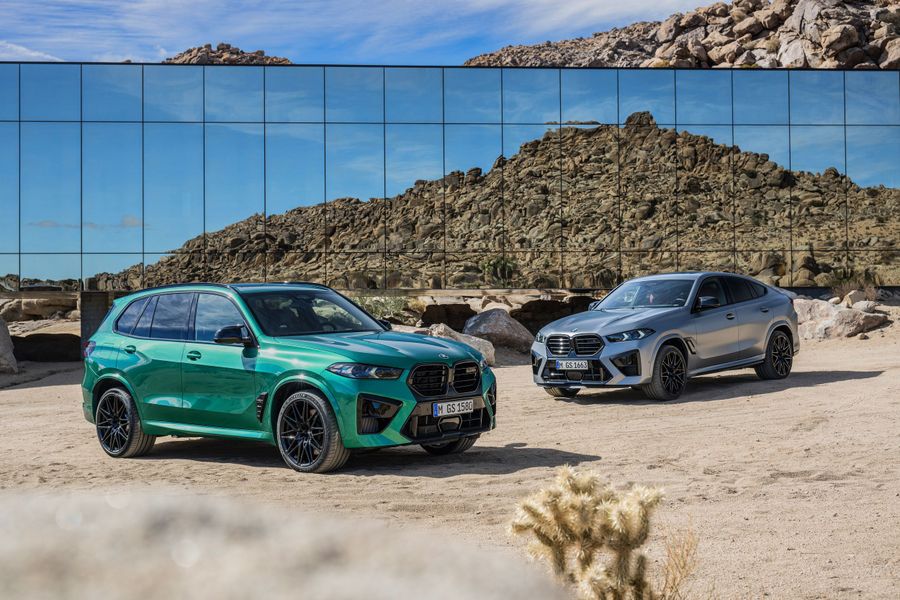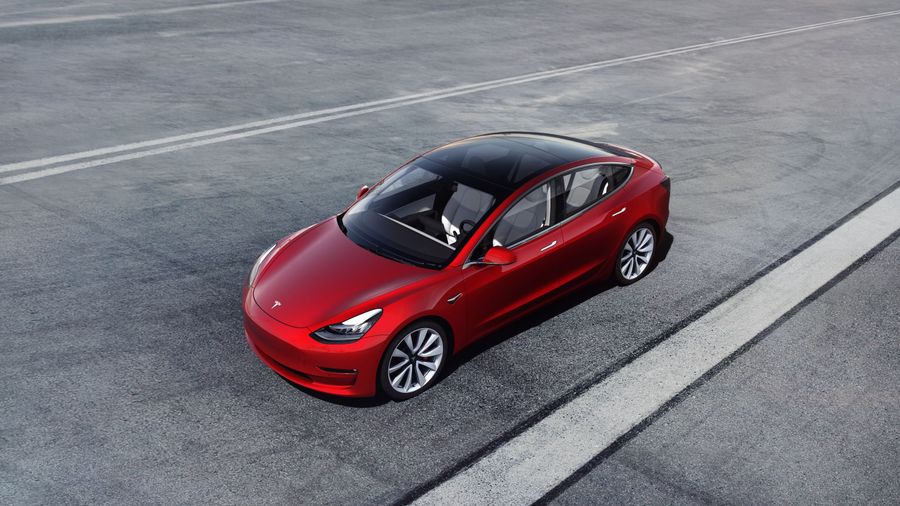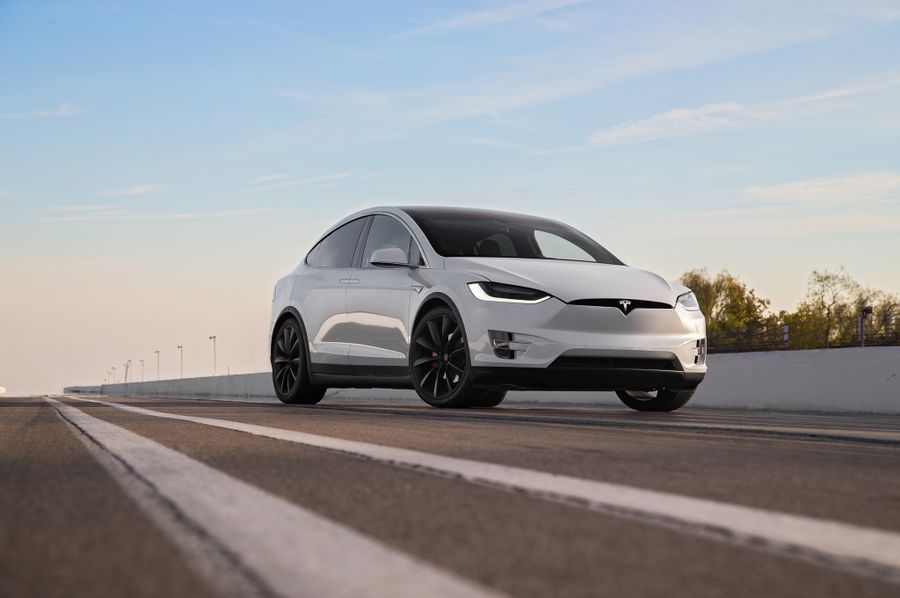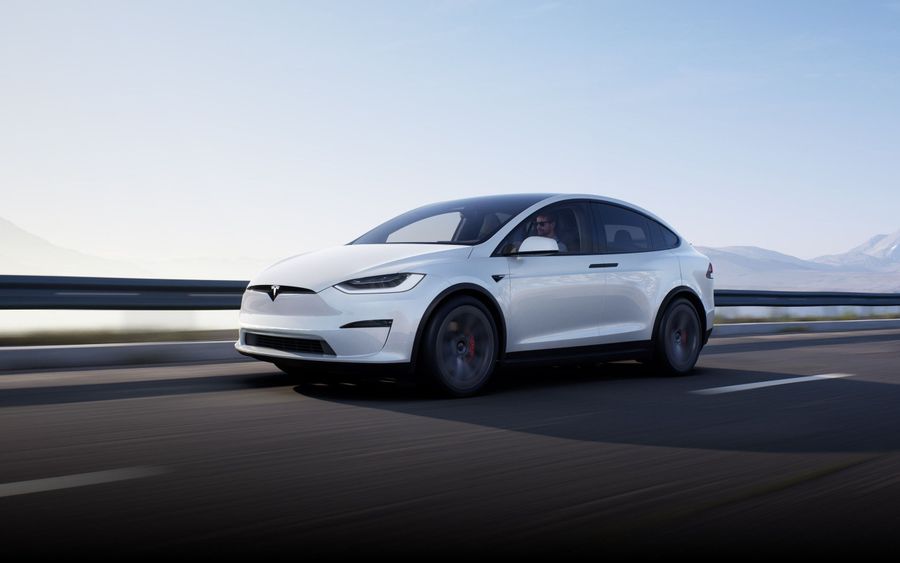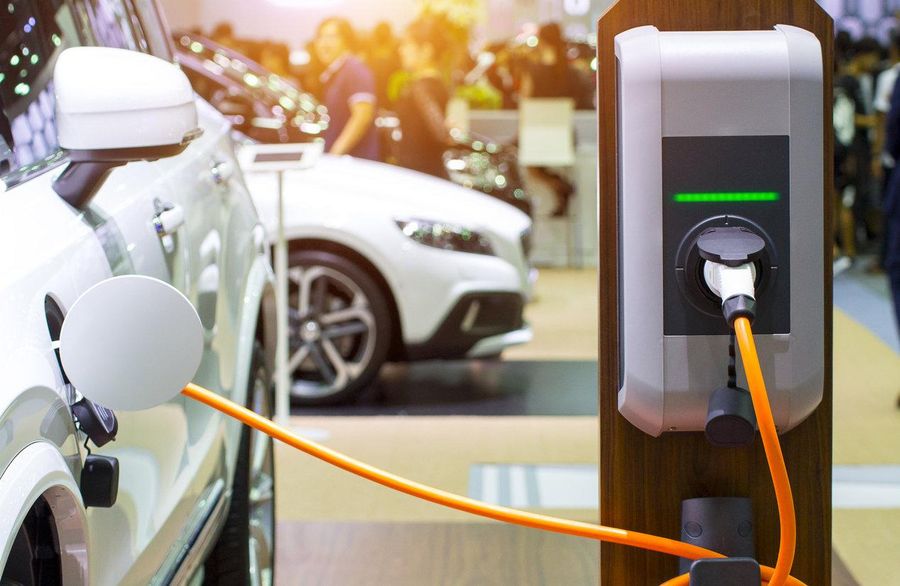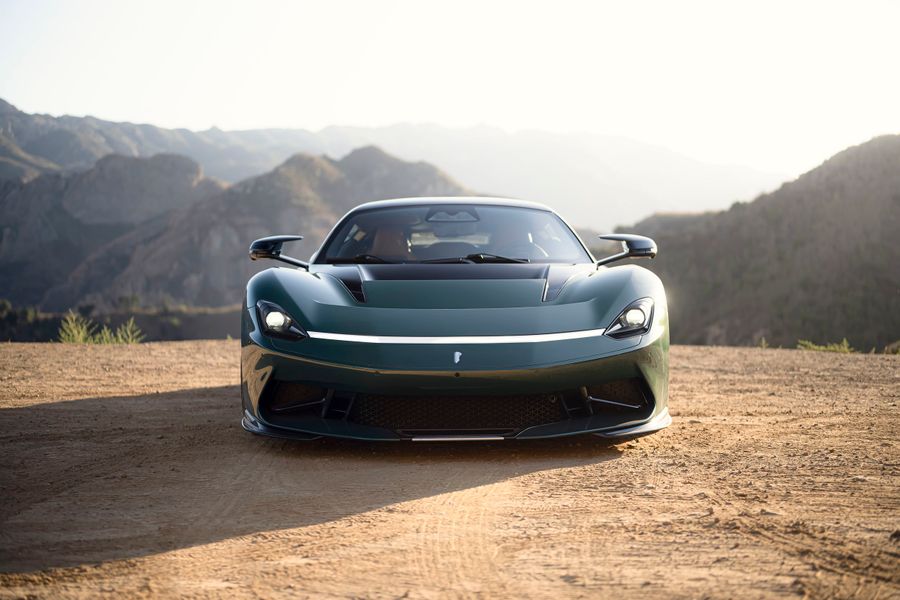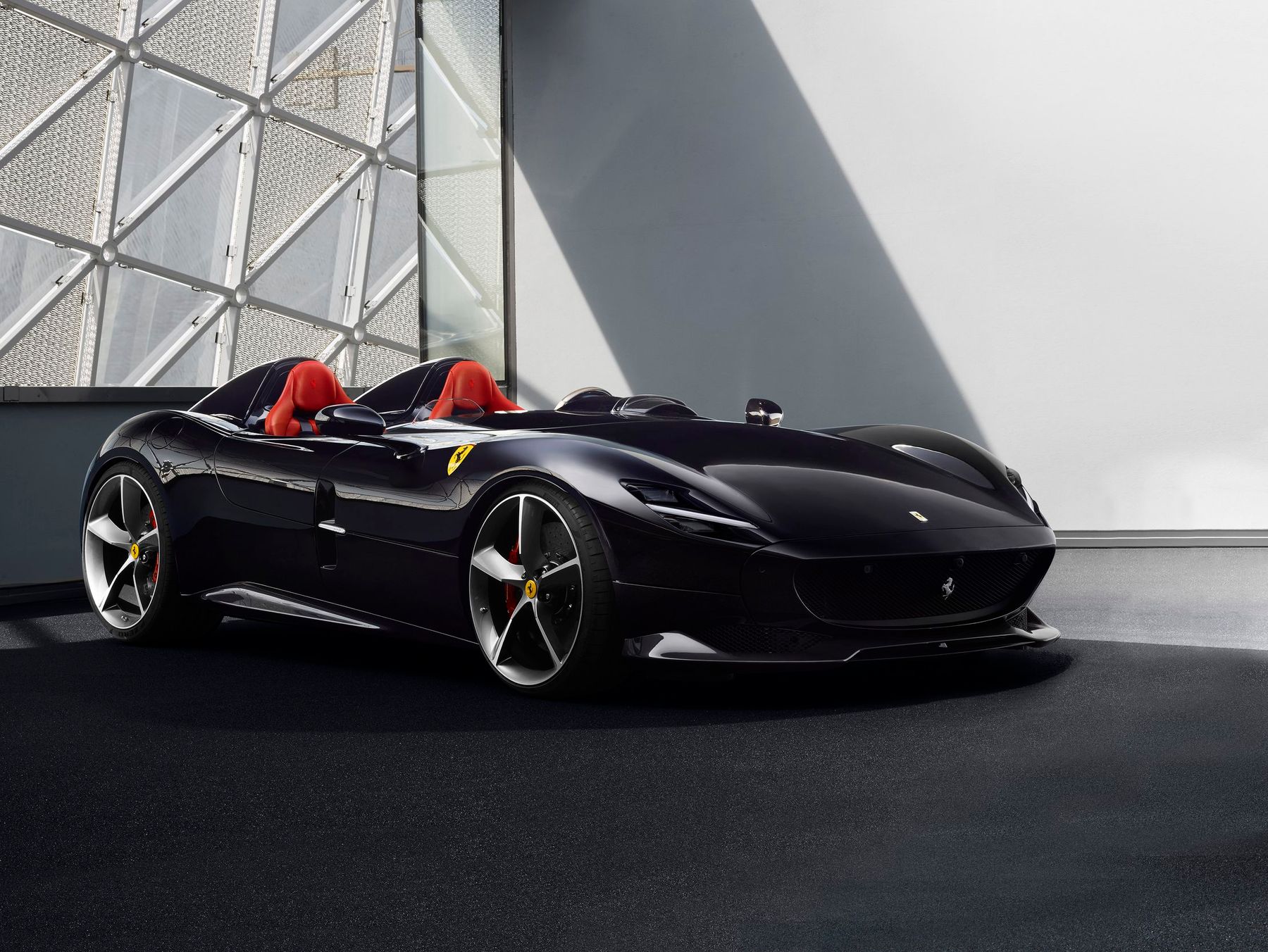
Life-changing barchetta
The Ferrari Monza SP2 is a small-batch sports car unveiled by the Italian company in 2019, a speedster with an original carbon fiber body inspired by the racing cars of the 50s. Small doors open sideways and upward, and the car has no roof or windshield. The supercar is made in the Barchetta style, which comes from an Italian word that translates as a ‘small boat’, and when applied to cars means an open-top sports body type without windshield or with very small glass. Ferrari already has one legendary barchetta in its history, which largely determined both the image of the modern ‘boat’ and a couple of no less curious boats. The manufacturer expects that the last of the barchetta cars, the Ferrari Monza SP2, will also leave its mark on history.
Origins of the Italian barchetta
Unveiled at the Turin Motor Show in September 1948, the first experimental Ferrari barchetta made a certain impression on the public and immediately went to the United States, where it stayed in one private collection. But according to some Ferrari fans, the second barchetta, the 1949 166 MM, is almost the most important Ferrari of all time.
Ferrari’s financial situation was poor after the Second World War, the company needed investors, for which it had to win the 1949 Mille Miglia races. The 166 MM won the overall competition and came second in the individual competition. In June of the same year, the 166 MM barchetta demonstrated excellent results at the first Le Mans, after which the Ferrari name was firmly entrenched in the international arena, investors appeared, money appeared, and the company became successful…
At about the same time, the Italian journalist Giovanni Canestrini saw the 166 MM and said, ‘Ma questa non è una macchina; è una barchetta!’ (‘This is not a car, but a small boat!’). Indeed, a simple car with a low windshield resembled a small boat. The interesting name was picked up by colleagues, and then everyone else started calling a similar type of car a barchetta. Interestingly, the legendary 166 MM barchetta won races with an engine that was often three times smaller than its rivals' engines. The original 60-degree V12 engine with a displacement of one cylinder 166 cc gave the car the legendary name ‘166’.
Two more barchettas
The next iconic barchetta is the Ferrari 550 Barchetta Pininfarina unveiled at the 2000 Paris Motor Show to celebrate Pininfarina’s 70th anniversary. Technically, this is a roadster, but it did not have a convertible top, but only a fabric roof that could serve as a cover in the rain. So it was essentially a 100% barchetta. The windshield was generally normal in size, but tilted strongly so that the oncoming airflow did not touch the driver in any way. Performance figures differed from the entry-level 550 Maranello coupe, since it had no roof, the speed was forcibly limited at around 300 km/h, but the acceleration from 0 to 100 km/h was the same 4.4 seconds.
There was also another barchetta model, the 550 GTZ. Zagato is said to have tried to remove all traces of the 550 GTZ on the internet. It is not known exactly why, but it is assumed that Ferrari did not have permission from Zagato to produce cars with unusual bodies. Zagato generally denies the existence of this model, however, the truth cannot be hidden, such a barchetta existed. In this body, three 550 GTZs were produced and all of them were sold.
Ferrari Monza SP2
In 2019, another barchetta, named the Ferrari Monza SP2, was finally released. The car looks humble and has no windshield at all. Ferrari masters have replaced this seemingly necessary body element with ‘virtual glass’. By accurately calculating the placement of body elements, they have achieved an effect in which the faster the car moves, the less the oncoming air flow touches the driver. The Monza SP2 differs from the Monza SP1 by the presence of a passenger seat, otherwise the cars are similar.


